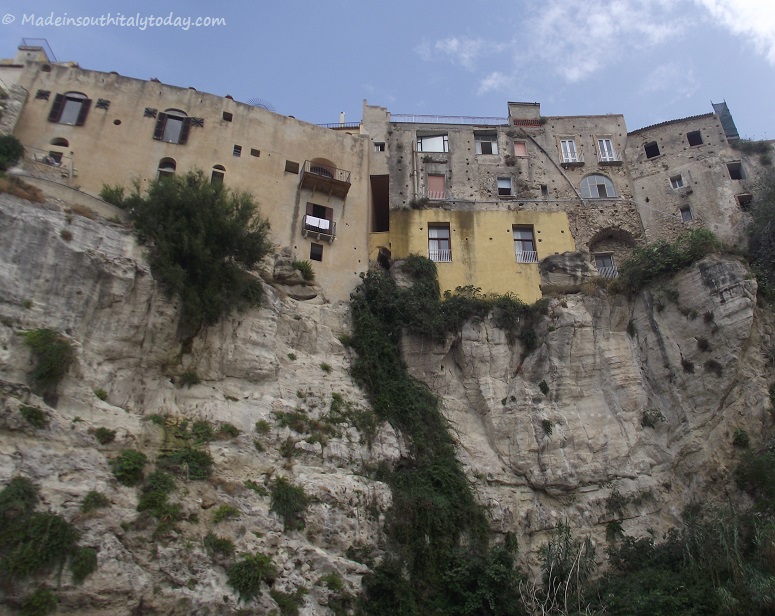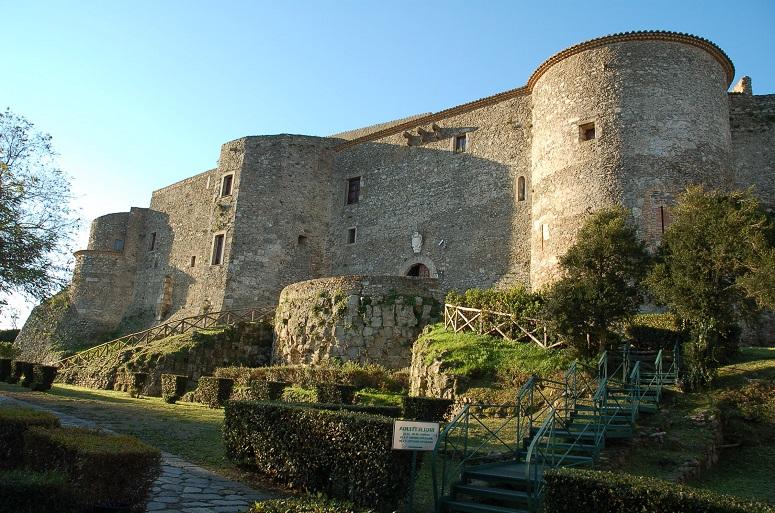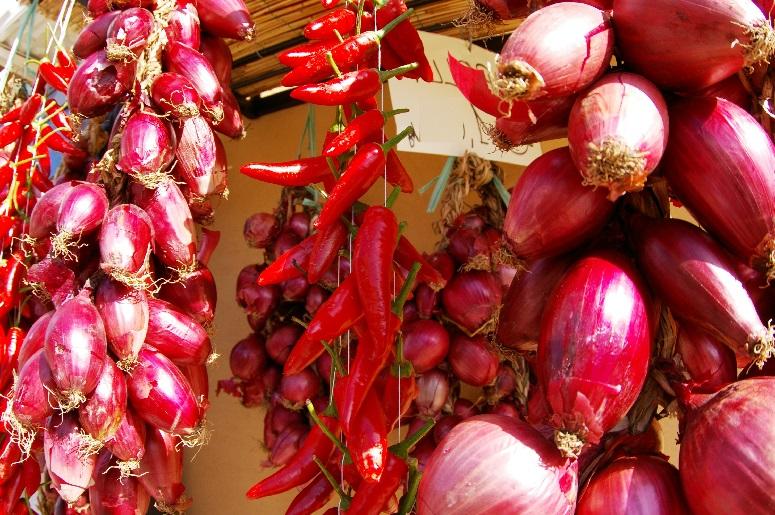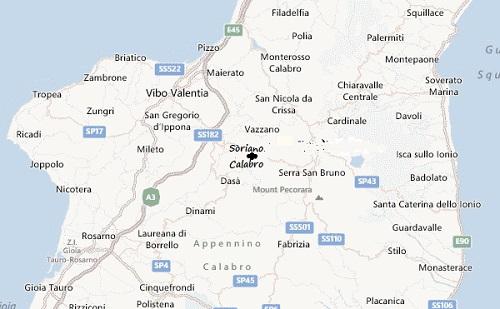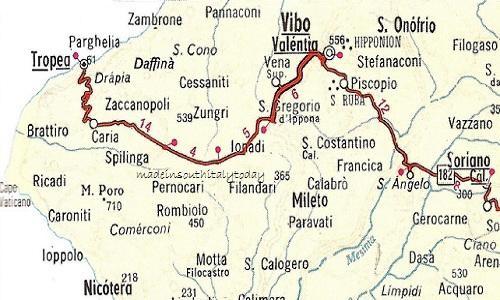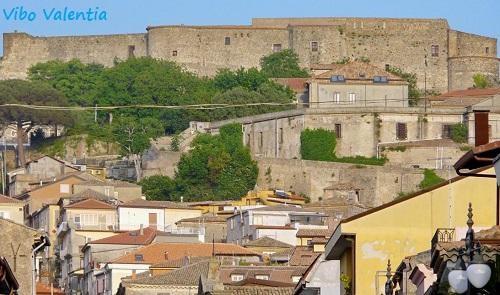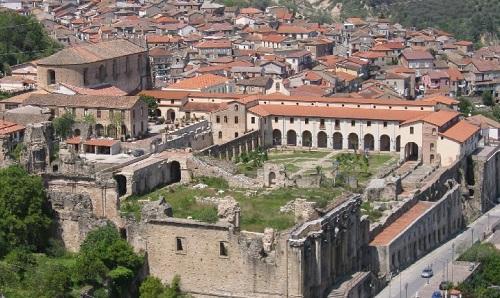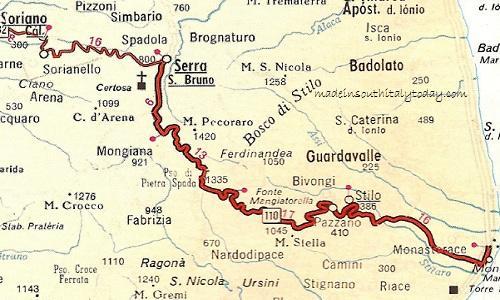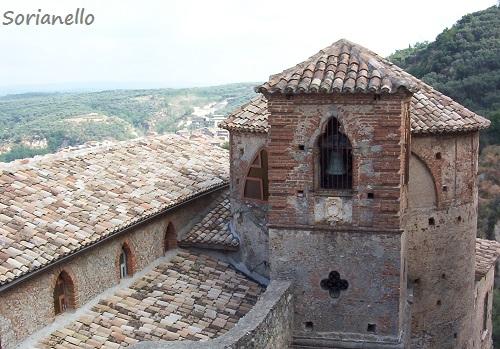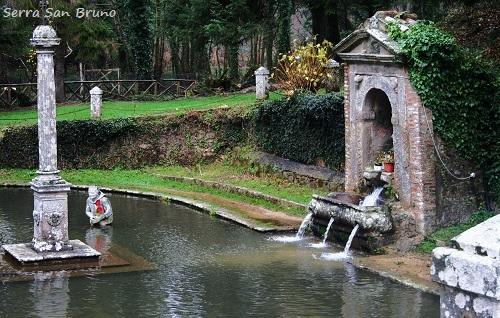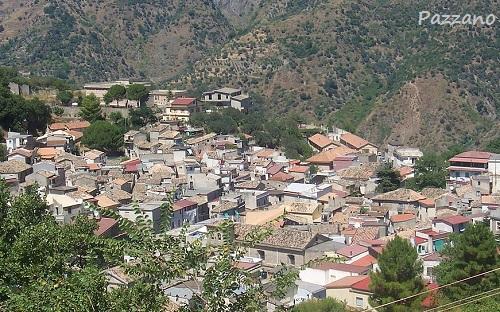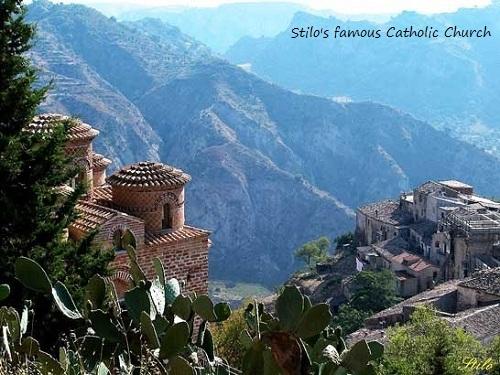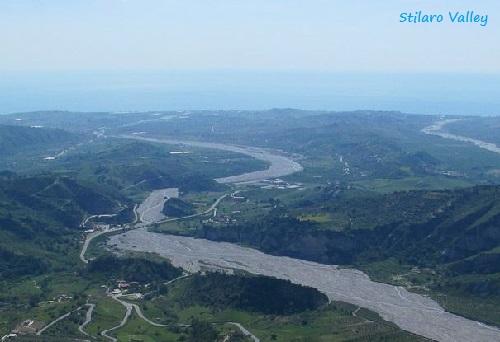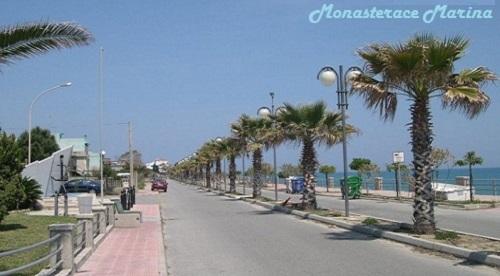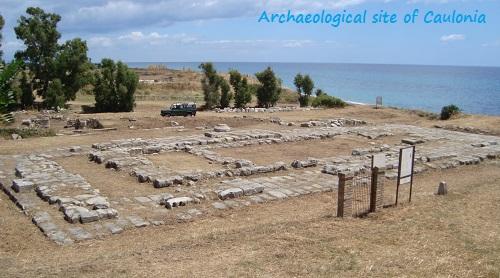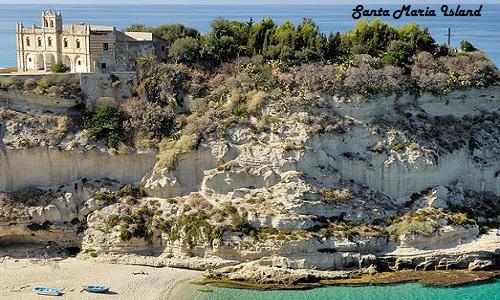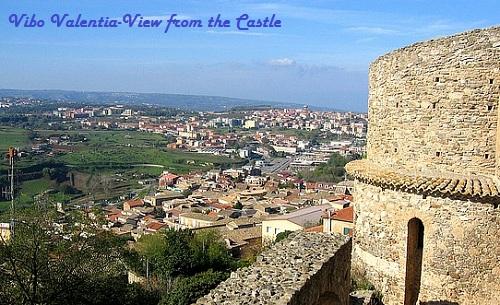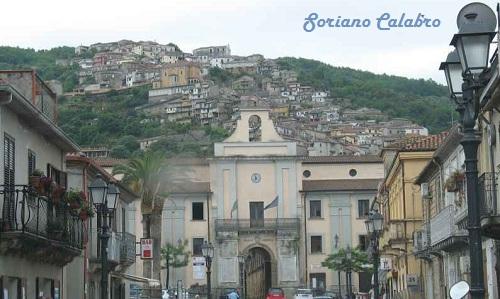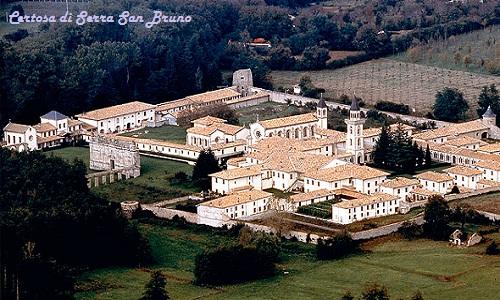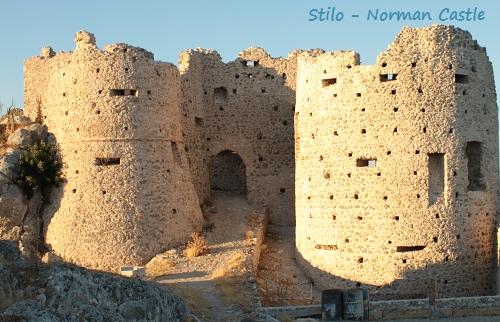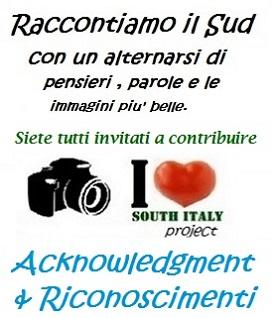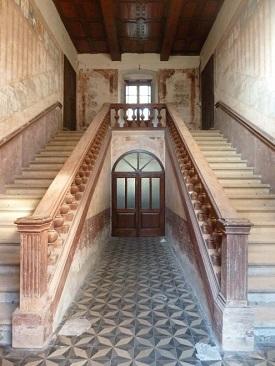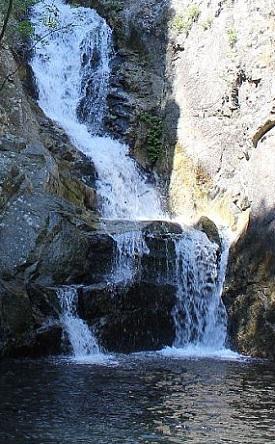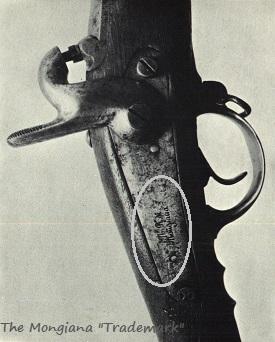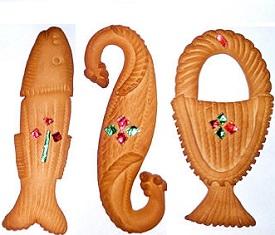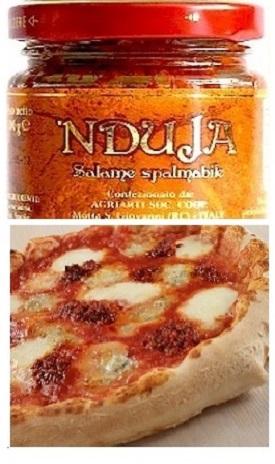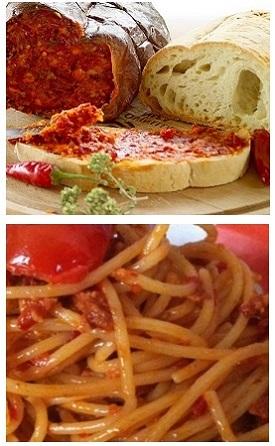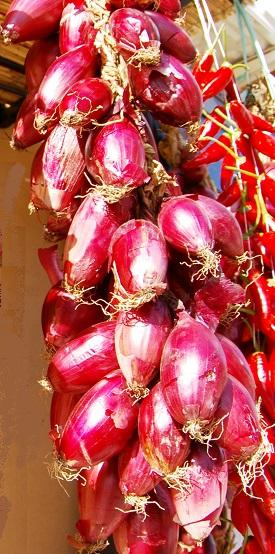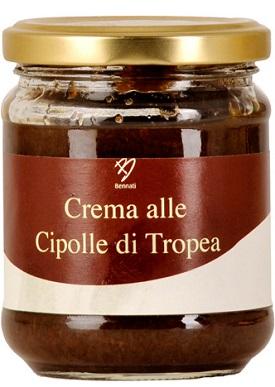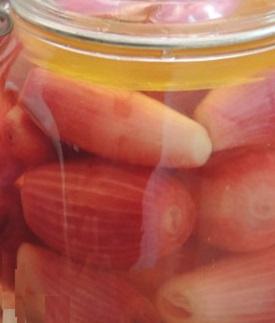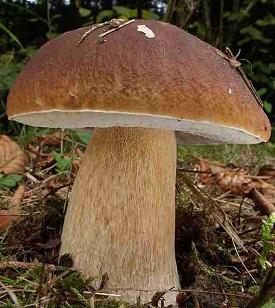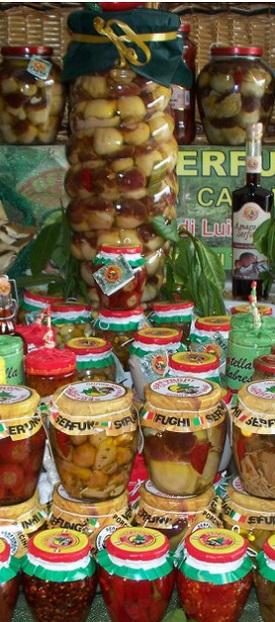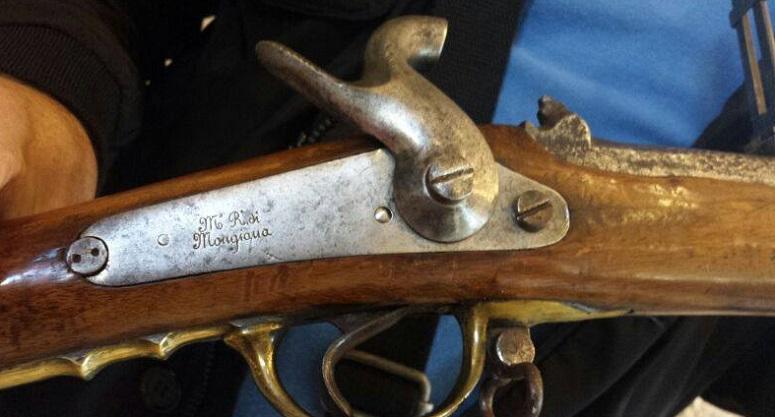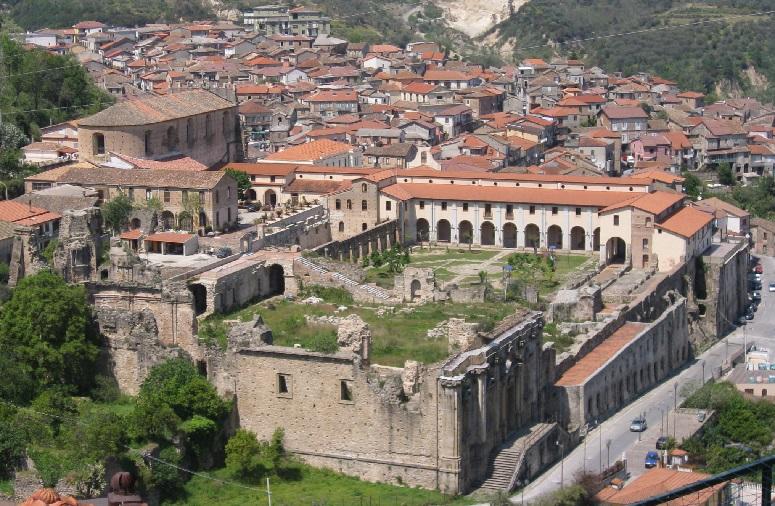|
Itinerary:
Tropea - Vibo Valentia - Serra San Bruno
Stilo - Caulonia - km 112 + -
This itinerary features numerous changes in scenery as it crosses the centre of Calabria from the Tyrrhenian to the Ionian Coast (Vibo & Reggio provinces-from west to east) amid lovely mountains views (Le Serre).
Leaving Tropea take the winding road up to Caria and Mesiano onto the SS118 to Vibo Valentia.
Passing through Piscopo, descend into the Mesima river valley, cross the motorway and climb to Soriano Calabro;
After Sorianello the road leads to Serra San Bruno, the most important village in Le Serre.
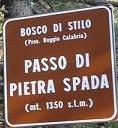 With the famous San Bruno Certosa behind you, go over the Pietra Spada Pass (stone sword pass) between the Stilo and Santa Maria forests to Pazzano and Stilo. With the famous San Bruno Certosa behind you, go over the Pietra Spada Pass (stone sword pass) between the Stilo and Santa Maria forests to Pazzano and Stilo.
The road then descends into the Stilaro valley and reaches the cost at Monasterace Marina close to the remains of the ancient "Caulonia".
Stopping Points
Tropea: Cathedral, church of San Francesco d'Assisi, church of the Sanita', church of Santa Chiara, oratory of San Demetro; nearby, church of Santa Maria dell'Isola, church of the Annunziata, necropolis.
Vibo Valentia: collegiate church, archaeological museum, Capialbi museum, church of the Rosario, church of San Michele, church of Santa Maria degli Angeli, Roman baths, castle.
Crafts and Sacred Arts Fair (August) summer festival (July-August). Nearby: ruins of the ancient "Hipponion", church of Santa Ruba, castle of Bivona.
Soriano Calabro : church of San Domenico; crafts (ceramics,baskets).
Serra San Bruno: church of San Biagio, church of the Addolorata, wrought iron, copper and wood crafts; mountain festival (august).
Nearby, Certosa di Serra San Bruno, church of Santa Maria del Bosco.
Stilo : The castle , Cattolica church , duomo,church of San Giovanni, church of the Addolorata; Nearby scenic views, the Ferdinandea, Mangiatorella springs, a mineral spring for health cures. Grotto and sanctuary of Santa Maria della Stella, former Redemptorist religious house.
Monasterace Marina: nearby, ruins of Caulonia, castle of Castelvetere.
|
Domenico Russumanno
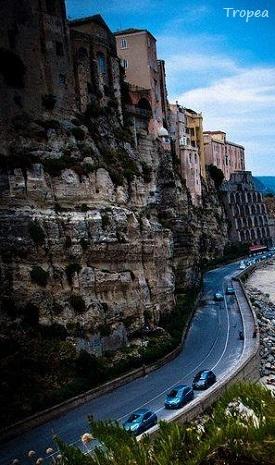
Detours worth considering:
Ferdinandea - The name originates from King Ferdinand II of the Two Sicilies, who used the area for hunting after 1832.
He later turned it into a metal industry center, building here a foundry, ironworks, residential and administrative buildings and stables.
Mongiana Park. Small mountain village founded in 1775 by Giovanni Battista Conty, director of the Royal Ironworks Stilo, under the government of Charles de Bourbon, as a steel plant.
Nearby water falls and plenty of trees were the decisive factors to build what was at the time considered to be a fairly large industrial complex.
The Foundry was the biggest metallurgical plant of the Two Sicilies. Main production lines were cannons and hand guns some of which were also being exported to Europe.
Mustaccioli of
Soriano Calabro:
These scented sweets, have always been the protagonists in town fairs. Basic ingredients are honey, flour and mulled wine.
Their origin is a ritual one, when the mustaccioli was used as a offering to the devoted saint for "grazia ricevuta" (grace received).
Nduja from Spilinga.
The Nduja is a spreadable pork sausage originary from Spilinga, with a unique spicy taste that makes it suitable for a variety of dishes. Available in jars or casing.
The Red Onion from Tropea. "Cipolla Rossa di Tropea" is a particular variety of red onion which grows in a small area of Calabria named “Capo Vaticano” near the city of Tropea.
This onion has a stronger and sweeter aroma and the inner part is juicier and whiter than other red onions and it also lend itself to make sweet marmalade .
In March 2008, the onion of Tropea was given the Protected Designation of Origin mark.
Mushrooms: Calabria is also the largest Italian producer of wild dried porcini mushrooms, foraged in the Sila mountain range.
Available also as pate'/spread.
Along with olive spread it is fast replacing the famous Italian "Bruschetta" as a welcome antipasto/spread. Widely used in restaurants and wineries.
|



